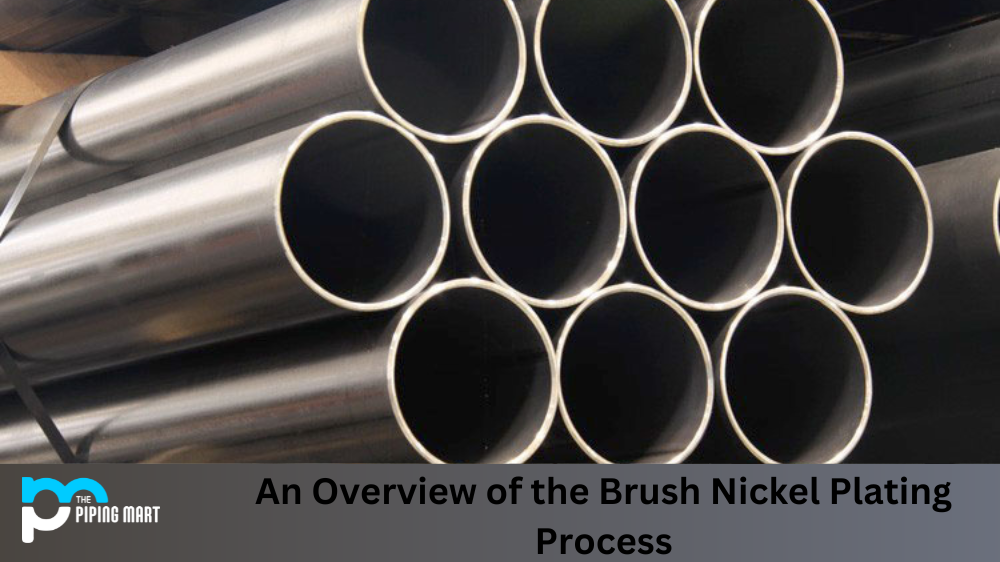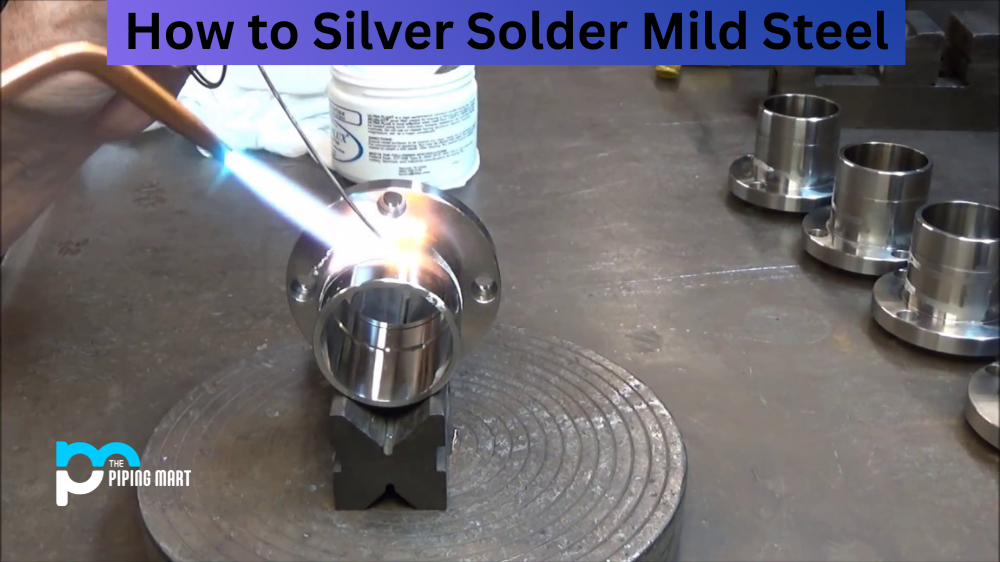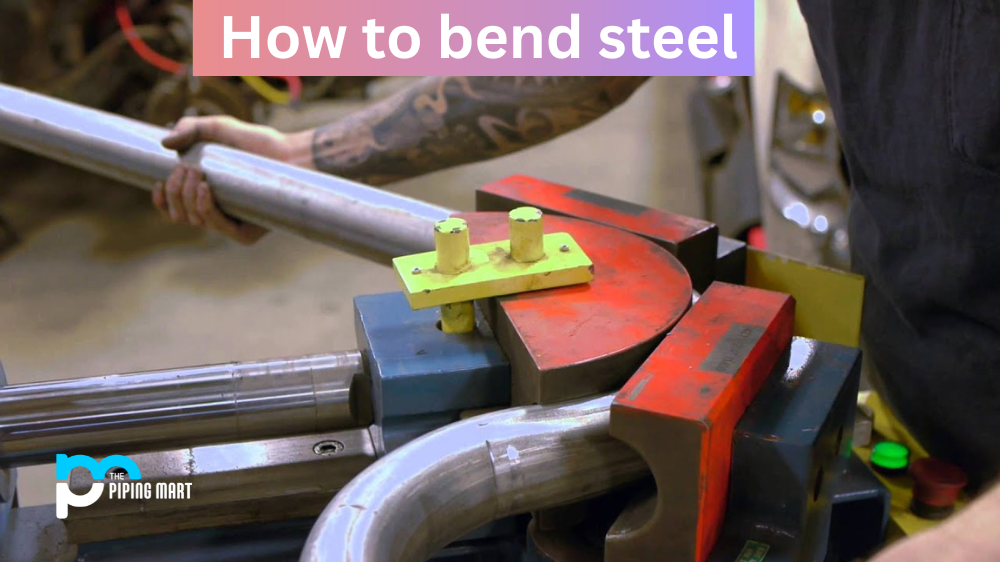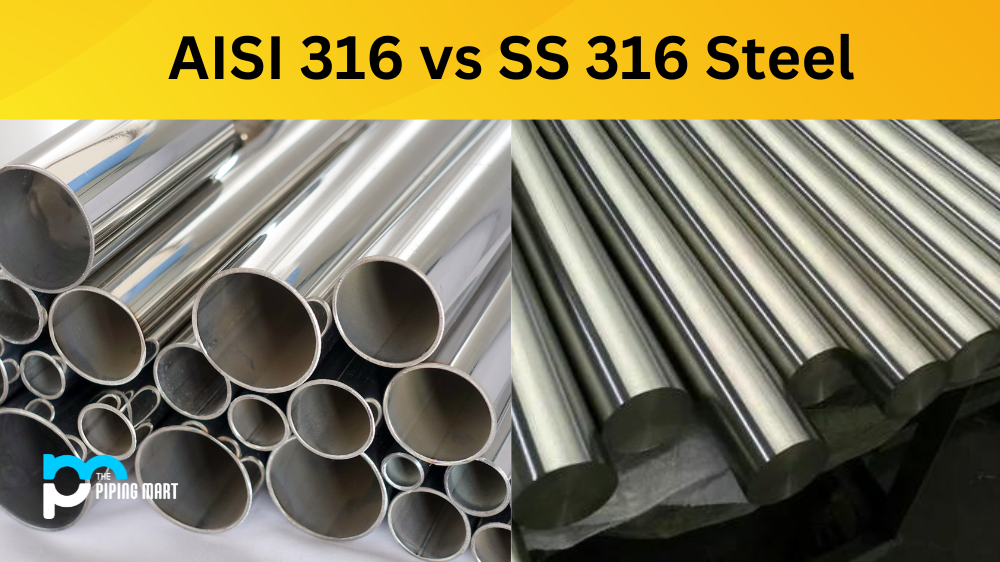Brush nickel plating is an electroplating process involving coating metal surfaces with an electrically charged nickel solution. This process can improve objects’ appearance, durability, and corrosion resistance. It is often used in industrial and commercial applications, such as automotive parts and components, medical equipment, and tools. Let’s take a look at how this process works.
The brush nickel plating process starts by cleaning the object’s surface to be plated. This is typically done using a chemical or mechanical cleaning that removes dirt, oil, paint, and other contaminants from the object’s surface. Once the surface has been cleaned, it is rinsed with water to remove any remaining residue from the cleaning process.
The next step in the brush nickel plating process is to apply an electrically charged nickel solution to the surface of the plated object. This is done by immersing it in an electrolyte solution containing dissolved nickel salts and electrical current. As electricity passes through this solution, it causes nickel ions to deposit onto the surface of the plated object. The amount of time this takes depends on various factors such as temperature, current density, and time spent in the bath.
Once all desired areas have been coated with a nickel layer, they are rinsed off with clean water and dried before any finishing processes are applied (such as buffing). Finally, additional coats can be used for further protection or cosmetic purposes if desired.
What is Brush Nickel Plating?
Brush nickel plating is a type of finish for metal objects that has a metallic appearance. It’s used to enhance the appearance and durability of objects made from metal, plastic, wood or composite materials. It provides protection from corrosion and abrasion damage from environmental factors such as salt-water spray. Brush nickel plating can be applied manually or mechanically with a process known as electroplating where metal ion particles are electrically bonded to a substrate in a thin coating. Brush nickel plating creates an attractive finish that also resists tarnish and offers increased surface hardness making it perfect for applications like automotive trim, fixtures, hardware and sculpture. It’s the perfect addition to elevating everyday objects allowing them to shine both literally and figuratively.
How is Brush Nickel Plating Done?
The brush nickel plating process typically involves four steps: cleaning, electroplating, polishing, and sealing.
Brush nickel plating is a process used to coat an object with a layer of protective metal. The process begins by preparing the surface of the object to be plated, usually by removing any dirt, oils or oxidation. The item is then attached to an electrical connector which will connect to a power source. A solution composed of nickel, sulfuric acid and other elements is then applied to the object, where it bonds itself through an electrolytic reaction—allowing for a durable finish that can last for years. The desired thickness can also be easily altered by changing the temperature or current being supplied. With brush nickel plating often used in electronics and automotive applications, it’s no wonder why it remains one of the most popular metal surfaces in manufacturing today.
Benefits of Brush Nickel Plating
There are several benefits to brush nickel plating, including improved appearance, increased durability, and corrosion resistance.
Resistant to Tarnishing
One of the primary benefits of brush nickel plating is that it is resistant to tarnishing. Tarnishing is a type of corrosion that occurs when a metal is exposed to oxygen and moisture. While all metals will eventually tarnish, brush nickel plating provides a barrier that slows down the process. This makes it an ideal choice for objects that are frequently handled or exposed to the elements.
Low Maintenance
Brush nickel plating is also low maintenance, as it does not require regular polishing or cleaning. This is in contrast to other finishes, such as brass, which need to be regularly cleaned and polished in order to maintain their shine. Additionally, brush nickel plating will not chip or flake like some other finishes, making it a durable option.
Attractive Finish
Brush nickel plating also has an attractive finish that can enhance the look of any object. The finish has a subtle sheen that catches the light without being too flashy. Additionally, brush nickel plating can be used on a variety of different metals, including steel, brass, and copper. This gives designers a lot of flexibility when choosing materials for their projects.
Corrosion Resistant
Another benefit of brush nickel plating is that it is corrosion resistant. This means that it will not rust or corrode when exposed to moisture or chemicals. This makes it an ideal finish for objects that will be used outdoors or in wet environments.
Affordable
Finally, brush nickel plating is an affordable option for those looking for a high-quality finish without breaking the bank. When compared to other finishes, such as gold or silver plating, brush nickel plating is much more affordable and just as effective
Disadvantages of Brush Nickel Plating
One of the main drawbacks of brush nickel plating is that it is a relatively expensive process. Also, brush nickel plated surfaces may require more maintenance than other finishes.
Allergies
One of the disadvantages of brush nickel plating is that it can cause allergies in some people. Nickel is a common allergen, and exposure to it can cause symptoms such as itching, redness, and swelling. In severe cases, exposure to nickel can lead to anaphylaxis, a potentially life-threatening condition.
Toxicity
Another disadvantage of brush nickel plating is that it can be toxic. Nickel is a heavy metal that can accumulate in the body and cause health problems. Exposure to high levels of nickel can cause kidney damage, lung cancer, and liver damage.
Environmental Concerns
Another concern with brush nickel plating is its impact on the environment. Nickel is a pollutant that can contaminate air, water, and soil. When released into the environment, it can have harmful effects on plants, animals, and humans.
Cost
Another disadvantage of brush nickel plating is its cost. The process of plating objects with nickel is generally more expensive than other methods such as painting or powder coating.
Maintenance
Finally, brush nickel plating requires more maintenance than other finishes. Nickel is a soft metal that can scratch or tarnish easily. As a result, objects that are coated with brushed nickel will require regular cleaning and polishing to maintain their appearance
How Can I Learn More About Brush Nickel Plating?
If you are interested in learning more about brush nickel plating, there are a few resources that you can consult. The first is your local library, which may have books or other materials on the subject. You can also search for information online or contact a company specializing in brush nickel plating.
Conclusion:
Brush nickel plating is an efficient way to add corrosion resistance and enhance the appearance of many different objects used in industries such as automotive manufacturing and medical device production. The process begins with preparing surfaces for treatment, followed by immersion into a tank containing an electrolyte solution with dissolved nickel salts and an electrical current which causes ions to deposit onto surfaces treated with brush nickel plating. After completing these steps, final finishing processes can be applied before use or sale. Understanding how these process works make it easier for businesses to determine if brush nickel plating is suitable for their particular application needs.

Abhishek is a seasoned blogger and industry expert, sharing his insights and knowledge on various topics. With his research, Abhishek offers valuable insights and tips for professionals and enthusiasts. Follow him for expert advice on the latest trends and developments in the metal industry.




